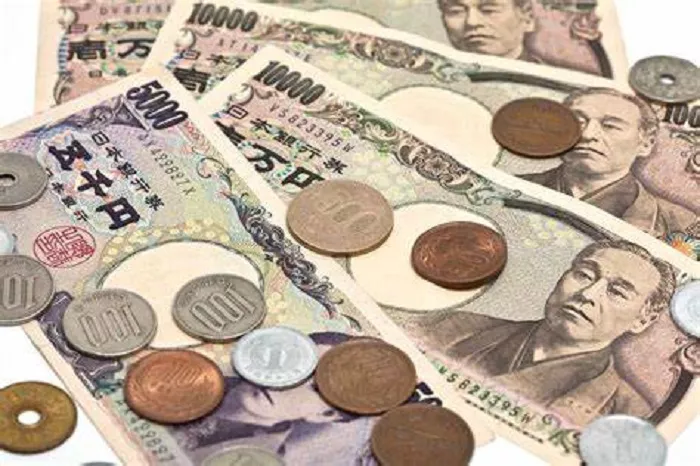The Japanese yen has been strengthening against the US dollar on Friday. The release of Tokyo’s Consumer Price Index (CPI) inflation figures has spurred this upward movement. These data are seen as keeping the Bank of Japan (BoJ) firmly in the frame for an interest rate hike come January.
In December, the Tokyo CPI headline inflation shot up to 3.0% year-on-year, a significant jump from the 2.6% recorded in November. Digging deeper, the Tokyo CPI excluding fresh food and energy climbed to 2.4% YoY last month, compared to 2.2% in the prior month. Also, the Tokyo CPI minus fresh food alone rose 2.4% YoY in December, just shy of the expected 2.5% but still higher than November’s 2.2%.
The BoJ’s Summary of Opinions from its December monetary policy meeting, released on the same day, laid out plans to tweak easing measures if economic conditions meet expectations. One board member zeroed in on the importance of watching wage negotiation progress, while another underscored the need to pore over data to decide on any changes to monetary support.
The Japanese yen’s appreciation comes as the odds of a BoJ rate hike in January are on the rise. Meanwhile, the US dollar index (DXY), which gauges the dollar against six major currencies, hovers around 108.10, a touch below its highest mark since November 2022. But the dollar’s upward potential may be curbed because US Treasury bond yields are relatively low on Friday. The 2-year and 10-year yields stand at 4.32% and 4.57% respectively at present.
Despite the yen’s strength, the downside of the USD/JPY pair has limits. The US dollar is getting a boost from growing expectations that the Federal Reserve (Fed) will cut rates less frequently. In December, the Fed trimmed rates by 25 basis points and revised its 2025 projection, slashing the number of expected rate cuts from four to two. Moderate US PCE inflation data has also cooled the likelihood of more cuts next year.
Japan’s Finance Minister Katsunobu Kato weighed in on Friday, saying he’d noticed one-sided and sharp foreign exchange moves recently. He further vowed to take appropriate action against excessive FX fluctuations.
The Bank of Japan’s October meeting minutes, released this Tuesday, repeated the possibility of a gradual rate increase if inflation trends play out as hoped, with a view to reaching 1% by late fiscal 2025. The minutes also stressed a cautious monetary policy stance, the importance of wage-driven growth given domestic and global uncertainties, and the role of fiscal measures in fighting deflationary pressures.
BoJ Governor Kazuo Ueda said last week that the central bank anticipates the Japanese economy will edge closer to stably hitting the 2% inflation target next year. He added that the timing and speed of adjusting monetary accommodation will hinge on economic activity, prices, and financial conditions going forward.
On the trading front, the USD/JPY pair is trading around 157.70 on Friday. A look at the daily chart shows a bullish trend, with the pair climbing within an ascending channel. The 14-day Relative Strength Index (RSI) is just under 70, which backs up the bullish sentiment. If it breaks above 70, it could signal overbought territory, potentially triggering a downward correction.
The pair could test its monthly high of 158.08, hit on Thursday. A break above this level might propel it towards the upper edge of the ascending channel, near 160.30. On the flip side, the nine-day Exponential Moving Average (EMA) around 156.48, which aligns with the lower boundary of the ascending channel, could act as key support.
Related topics:
Fed’s Anticipated Rate Cut and the Impact on the Dollar as Markets Eye the Dot Plot
EUR/USD Waits Tensely for Fed Policy Move with ECB in the Mix


